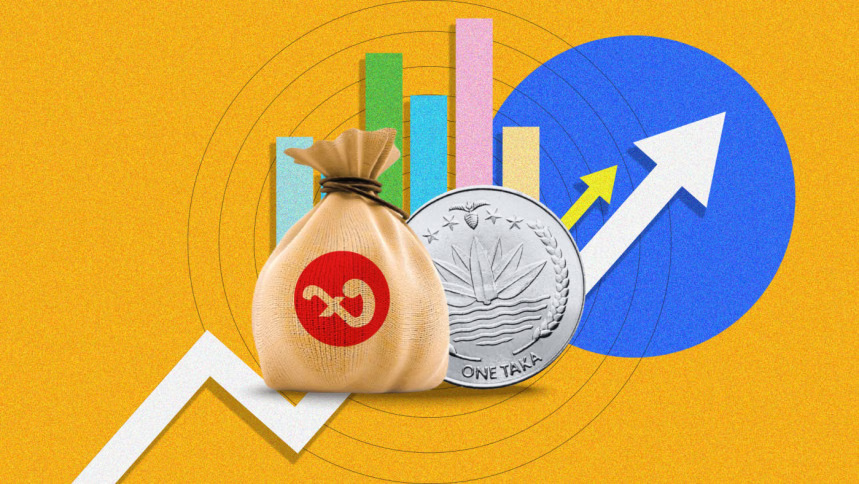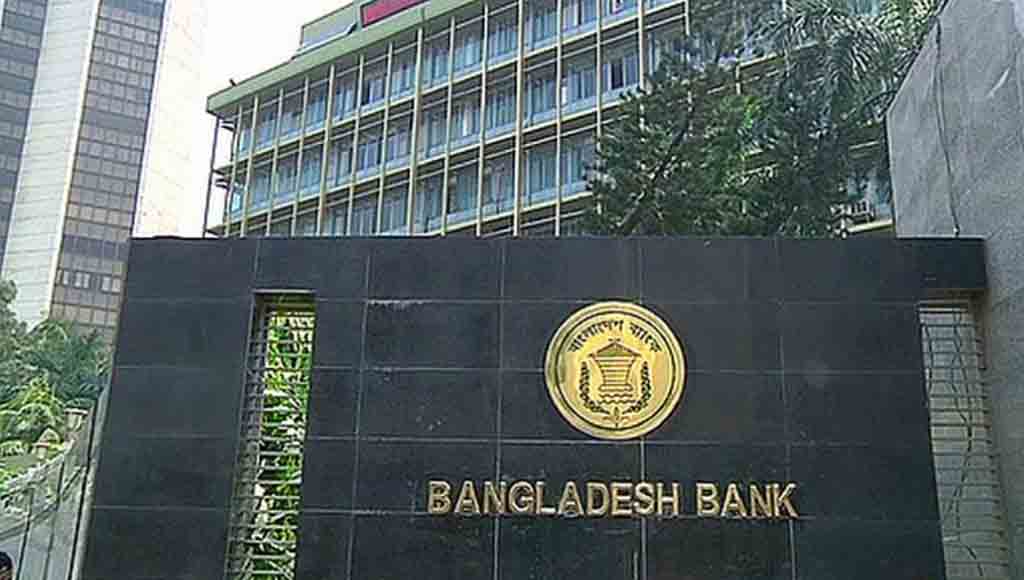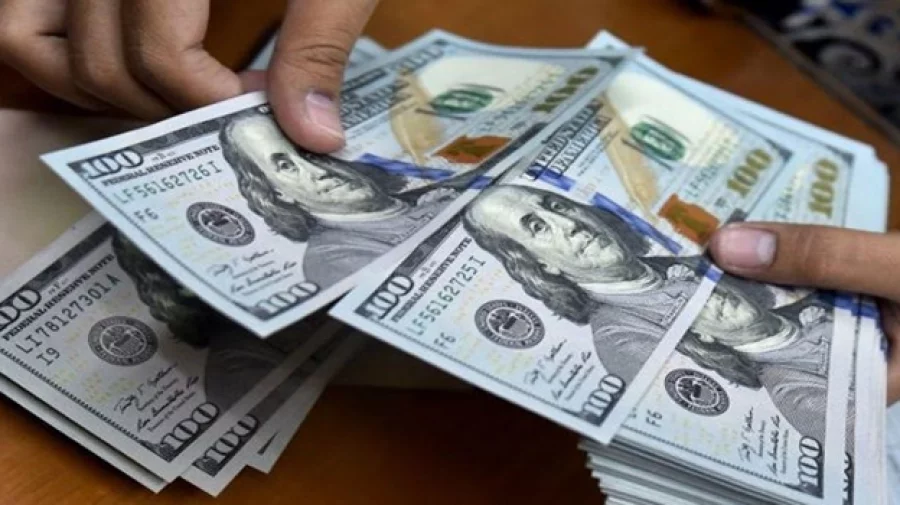
The pressure of non-performing loans in the country's banking sector has reached a terrifying level. As of September this year, 35.73 percent of the loans disbursed have become non-performing; which is the highest rate since 2000. As a result, new concerns have arisen about the stability and financial governance of the banking sector. According to the latest quarterly report of Bangladesh Bank, the non-performing loan rate was only 16.93 percent in the same period last year. That is, the default rate has more than doubled in a year.
At the end of September 2024, the default rate was 2 lakh 85 thousand crore taka. At the end of September this year, the total loans and advances stood at 18 lakh 3 thousand 839 crore taka. Of this, 6 lakh 44 thousand 515 crore taka is classified as non-performing, which is about 36 percent of the total loans. In June, the amount of non-performing loans was 6 lakh 8 thousand 345 crore taka. In just three months, the non-performing loans increased by 36 thousand 169 crore taka.
The report said that the actual defaulted loan amount is Tk 4,15,805 crore, which is 26.40 percent of the total actual loan disbursed. The actual disbursement amount till the same period stood at Tk 1,575,129 crore. While loan disbursement increased by Tk 26,739 crore, defaults increased by Tk 27,438 crore.
According to Bangladesh Bank, the total 'distressed assets' including defaulted loans, write-offs, rescheduled loans, and loans pending in court may soon exceed Tk 10 lakh crore. The amount of deferred interest stood at Tk 98,343 crore at the end of September.
The highest default rate in the banking sector was 41.1 percent in 1999. It then decreased to 6.1 percent in 2011. But in the next decade, defaulted loans returned to an upward trend and have now reached a dangerous level.
The quarterly report shows that the required provision was Tk 4,74,597 crore at the end of September this year. But the banks were able to reserve only Tk 1,30,366 crore. As a result, the provision deficit stood at Tk 3,44,231 crore, which increased the risk of the banking sector by another 1.32 percent.







































